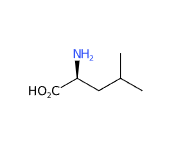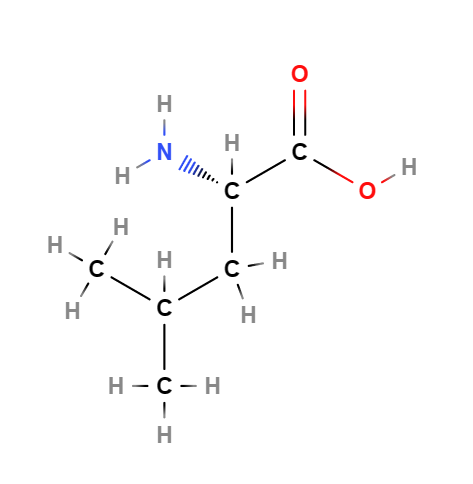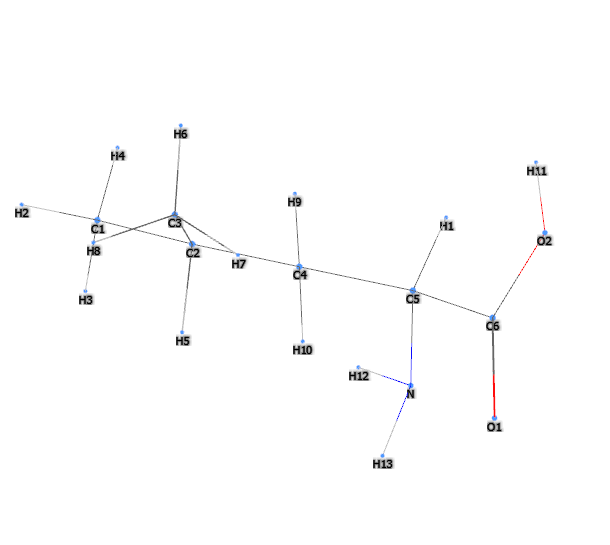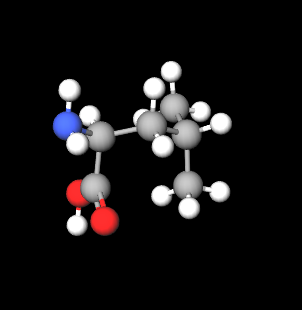Check the ingredients!
... live healthy!


| "Descrizione" by Al222 (19776 pt) | 2024-May-07 10:53 |
Leucine is the α-isobutyl-substituted amino acid of proteins that the human body cannot produce, but which must be assumed with the intake of foods such as wholemeal flour, dried fruit and others.
It is an α-amino acid. L-leucine is a Leucine isomer.
What it is used for and where
Amino acids play a key metabolic function in the human body and are constituents of proteins.
Food
Ingredient included in the list of European food additives as E641 with the function of flavour enhancer to improve the taste of food and beverages.
Food safety: amino acid α generally considered safe.
Cosmetics
Amino acids together with their salts are used in cosmetics as conditioning agents for both hair and skin (e.g. as moisturisers and other similar functions). Moisturisers are different in nature: the best are the natural ones that exploit the mechanism of integration between the ingredient and the skin by moisturising the horny hydrolipid film, i.e. the thin protective layer that covers the epidermis protecting it from harmful external microbes, keeping the skin moisturised and supple and its pH or acidity value between 4 and 6. Then there are the occlusive moisturisers, usually derived from petroleum (Paraffinum, Paraffinum liquidum and others), but also triglycerides, lanolin oil, natural or synthetic waxes, fatty acid esters and others that create an artificial occlusive layer on the stratum corneum of the skin with the advantage of accelerating the protective process but with the disadvantage of preventing the skin's natural transpiration.
Cosmetic safety: amino acid α generally considered safe when formulated to be non-irritant.
Safety
α-amino acids that have similar physical structures undergo similar changes with regard to solubility in water/ethanol mixtures, and technologies to separate α-amino acids from industrial residues, which may not even be innocuous, are constantly being improved. However, many data on the solubility in water-ethanol and ethanol of some α-amino acids are contradictory or even lacking, and the effects of ethanol on the solubility of amino acids may be different. Overall, the scientific literature considers that α-amino acids do not pose significant problems for human health when taken orally, except in people with certain genetic diseases.
Medical
It was discovered that it produces anabolic effects on muscle protein synthesis and cell signaling (1).
Rotator cuff tears (RCTs), the most common tendon injury, are always accompanied by muscle atrophy, which is characterized by excessive protein degradation. Autophagy-lysosome systems are the crucial proteolytic pathways and are activated in atrophying muscle. Leucine potentially attenuates tendon transection-induced muscle atrophy through autophagy inhibition (2).
The most relevant studies on this ingredient have been selected with a summary of their contents:
 |  |
 |  |
Synonyms:
References______________________________________
(1) Efficacy and Safety of Leucine Supplementation in the Elderly. Borack MS, Volpi E J Nutr. 2016 Dec;146(12):2625S-2629S. Epub 2016 Nov 9.
(2) Leucine attenuates muscle atrophy and autophagosome formation by activating PI3K/AKT/mTOR signaling pathway in rotator cuff tears. Zheng R, Huang S, Zhu J, Lin W, Xu H, Zheng X. Cell Tissue Res. 2019 Apr 24. doi: 10.1007/s00441-019-03021-x.
| Evaluate |